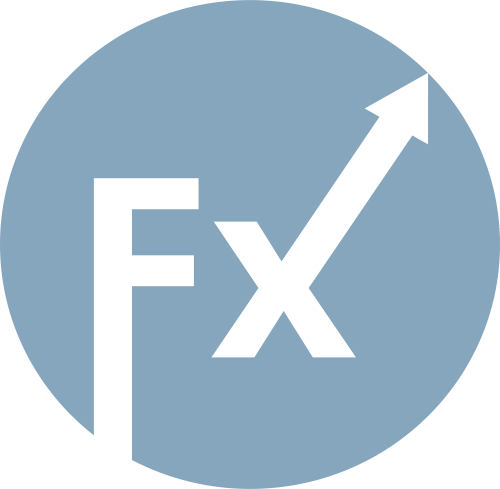The test of the 155.39 price coincided with the MACD indicator just beginning to move upward from the zero mark, providing a good entry point to buy the dollar and resulting in a rise of more than 30 pips for the pair.
Yesterday's statement by Bank of Japan Governor Kazuo Ueda did not help the Japanese yen, which continued to lose value against the dollar. Ueda informed Prime Minister Sanae Takaichi about the central bank's plans to gradually reduce the volume of economic support provided through accommodative monetary policy. This step indicates the BoJ's firm intention to further tighten borrowing costs. However, several experts say the central bank is unlikely to implement such measures this year, with the first rate hike expected only by March 2026.
The yen's weakness, despite the rhetoric about tightening, may also be linked to the dollar's overall strengthening amid expectations of sustained high interest rates from the Federal Reserve. The difference in monetary policy between the U.S. and Japan continues to exert pressure on the Japanese currency, making it less attractive to investors. Nevertheless, the BoJ's overall direction towards normalizing monetary policy remains evident. The question is only about the pace and timing, which will depend on various factors, including inflation, the state of the global economy, and geopolitical circumstances.
As for the intraday strategy, I will mainly rely on the implementation of scenarios #1 and #2.
Scenario #1: I plan to buy USD/JPY today upon reaching an entry point around 155.49 (green line on the chart), with a target for growth to 155.90 (thicker green line on the chart). Around 155.90, I plan to exit the long positions and immediately open shorts in the opposite direction (targeting a movement of 30-35 pips in the opposite direction from the level). It is best to return to buying the pair on corrections and significant dips in USD/JPY. Important! Before buying, ensure the MACD indicator is above the zero mark and just beginning an upward move from it.
Scenario #2: I also plan to buy USD/JPY today in the case of two consecutive tests of the price at 155.21 when the MACD indicator is in the oversold area. This will limit the pair's downside potential and lead to an upward market reversal. An increase can be expected toward the opposite levels of 155.49 and 155.90.
Scenario #1: I plan to sell USD/JPY today only after breaking the level of 155.21 (red line on the chart), which will lead to a rapid decline in the pair. The key target for sellers will be the 154.80 level, where I plan to exit shorts and immediately open longs in the opposite direction (targeting a move of 20-25 pips in the opposite direction from the level). It is better to sell as high as possible. Important! Before selling, ensure that the MACD indicator is below the zero mark and is just beginning its downward movement from it.
Scenario #2: I also plan to sell USD/JPY today in the case of two consecutive tests of the price at 155.49 when the MACD indicator is in the overbought area. This will limit the upward potential of the pair and lead to a market reversal downward. A decrease can be expected toward the opposite levels of 155.21 and 154.80.

Important: Beginner traders in the Forex market must be very cautious when making trading entry decisions. It is best to remain out of the market before the release of important fundamental reports to avoid getting caught in sharp price fluctuations. If you decide to trade during news releases, always set stop orders to minimize losses. Without setting stop orders, you can quickly lose your entire deposit, especially if you do not use money management and trade with large volumes.
And remember that successful trading requires having a clear trading plan, similar to the one I presented above. Spontaneous trading decisions based on the current market situation are inherently a losing strategy for intraday traders.

ລິ້ງດ່ວນ